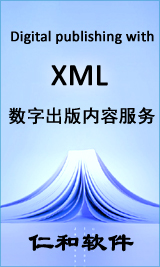Ping YANG
材料科学技术(英文)
Channel die compression and initial textures are used to activate different deformation mechanisms in a fine-grained magnesium alloy AZ31. The $\sigma$-$\varepsilon$ curves, microstructures and, particularly, textures are analyzed to reveal different deformation mechanisms and to compare with those ...
关键词:
Magnesium alloy
,
null
,
null
,
null






